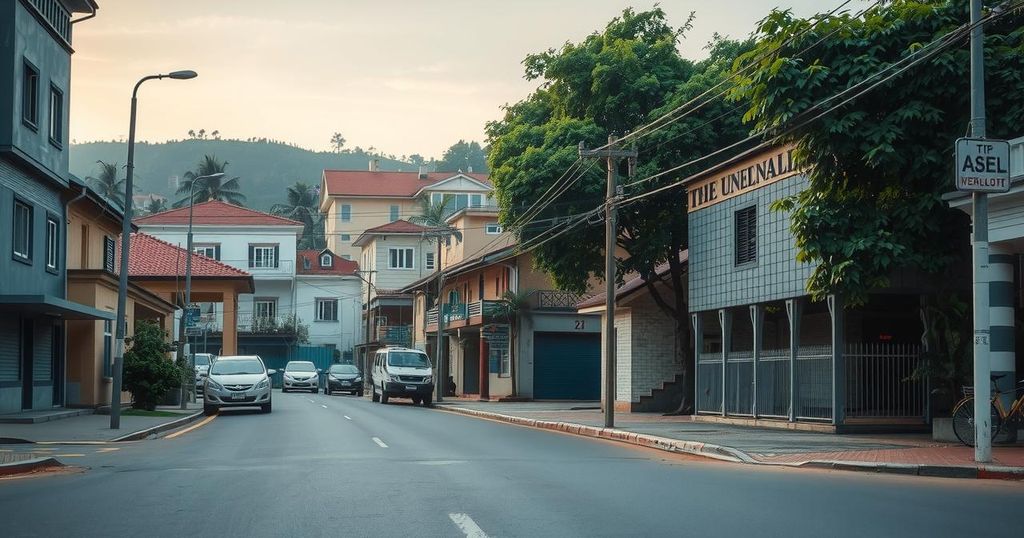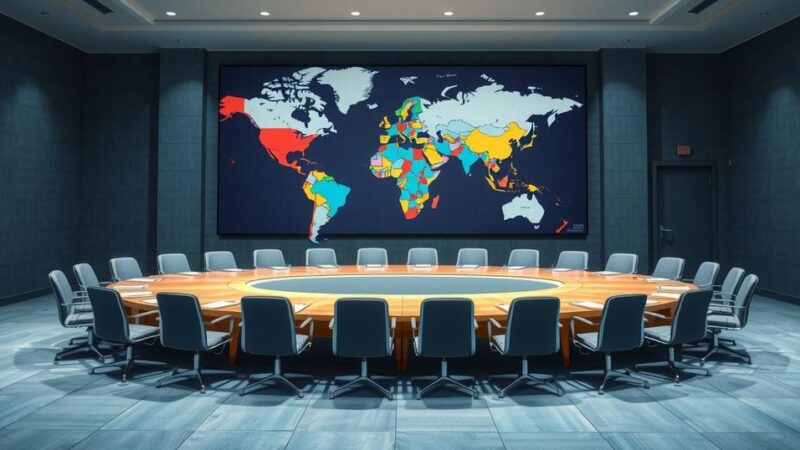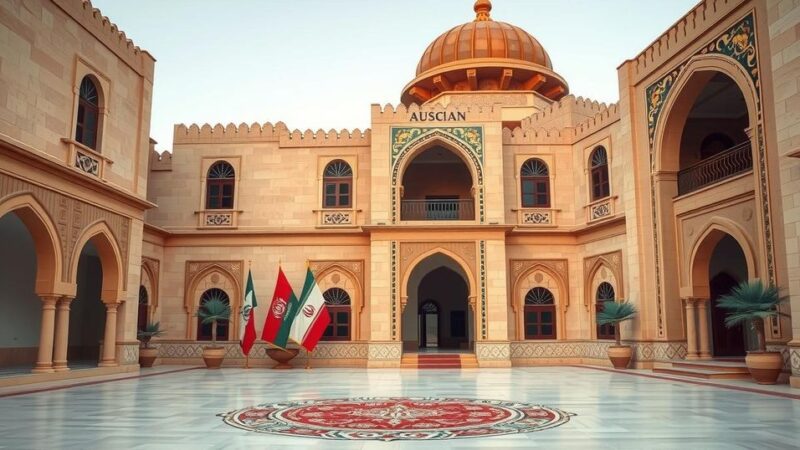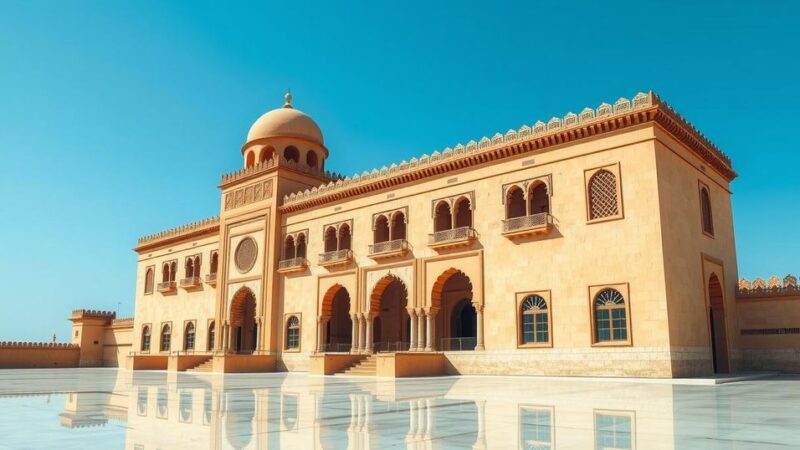After a week of intense clashes in Goma, DR Congo, a fragile calm has returned, although tensions persist. Residents are cautiously resuming normal activities, yet power cuts and health risks continue. The conflict, involving accusations against Rwanda for supporting rebels, has resulted in significant casualties and displacement. Local leadership calls for a ceasefire as concerns about regional instability grow.
An uneasy calm has settled in the eastern city of Goma, Democratic Republic of Congo, following a week of fierce confrontations between government forces and M23 rebels, who are reportedly supported by Rwanda. Although sporadic gunfire has ceased and no recent clashes have been reported, tensions remain palpable. Civilians are gradually returning to the northern districts, where daily activities and traffic are beginning to resume, despite ongoing power shortages and lingering health hazards due to bodies found in the streets.
Residents of Goma express relief that the fighting has stopped, though businesses are struggling to regain normalcy. Water supply has seen partial restoration while power cuts continue. Congolese President Felix Tshisekedi has assured a strong response to what he described as “terrorists and their sponsors,” asserting that the national army is fully prepared to defend the country’s territory against insurgents.
The situation remains precarious in eastern Congo as accusations fly among regional leaders. The UN Group of Experts has indicated that both Uganda and Rwanda support the M23 rebels, though these allegations have been denied by both nations. Meanwhile, Kinshasa has come under scrutiny for allegedly harboring rebels from Uganda, including groups with connections to ISIS. The M23 has recently advanced its control over Goma, which is home to approximately 3 million people, creating widespread chaos and displacement.
Calls for a ceasefire from regional leaders have intensified following significant casualties, including reports of nearly 100 fatalities over the past week. The conflict has led to significant displacement, with many fleeing to Rwanda, including international organization staff. In turn, Kigali reported that its own citizens suffered casualties due to cross-border fire arising from Goma. The situation remains under careful observation as the conflict shows no signs of immediate resolution.
The situation in Goma is characterized by a prolonged history of conflict involving various rebel groups and government forces, linked to regional dynamics and external influences. The M23 rebel group, which emerged in 2012, has been at the center of violence in eastern Congo, facing accusations of Rwandan support amid ongoing tensions between the two nations. The Democratic Republic of Congo is also grappling with internal instability, contributing to humanitarian crises and displacement of its citizens as fighting continues.
In summary, Goma is experiencing a precarious calm after recent turmoil. Despite the cessation of heavy fighting, considerable tensions and health concerns persist for its residents. Regional dynamics complicate the conflict, with external allegations of involvement heightening the stakes. The humanitarian situation remains dire, highlighting the urgent need for a sustainable ceasefire and diplomatic resolution to restore stability in the region.
Original Source: www.aa.com.tr






